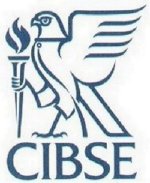Building Services Heritage Group
TYNTESFIELD
HOUSE WRAXALL
SOMERSET
At the invitation of English
Heritage, members of the Heritage Group attended a preliminary
engineering fact finding visit to this newly acquired property of The
National Trust. The exciting challenge of this stately
house is that it has remained virtually untouched for the past 70+
years and therefore has become a time capsule showing the
engineering technology relating to that era.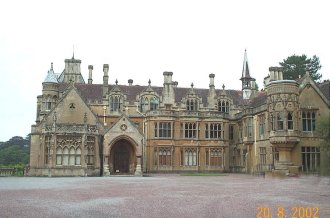 The Heritage Group will be assisting both the National Trust and English Heritage to record and check through the various engineering services items in the buildings. This will enable equipment to be dated where possible, and their historical details identified, before the house is opened to view by the general public. The House was built very quickly during the 1860’s using the surplus of artisan labour |
available,
who lived locally in the Bristol area. The estate originally had its
own gas works, water supplies and fire fighting
facilities.
The present wet heating system in the house is fitted with radiators some of which were manufactured by the firm of G N Haden & Sons at their ironworks foundry in Trowbridge Wiltshire. This would date the heating system to being installed probably during the 1880’s. Several of the rooms are fitted with an old style ventilating radiator as manufactured by William Graham & Son, a London firm. A typical radiator is shown in the picture below. 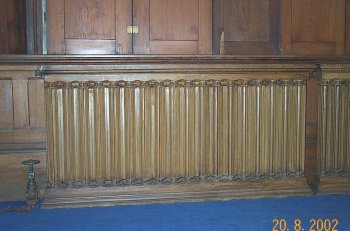
There
are grilles still remaining in some of the ground floor rooms, as
evidence that an even earlier warm air stove heating system had been
installed
in the house, but this heating plant has long since been removed.
|
page 1
|
OBITUARY
THE DEATH OF A PERKINS HPHW
HEATING SYSTEM
1885 - 2002
|
September 2002. A DATE THAT
WILL LIVE
IN INFAMY
The Editor with deep concern and great sadness was asked to visit Northaw Church (see Newsletter No 3. page 2) in September after being told about the cutting up and removal of the Perkins HPHW church heating system. This heating system had stood the test of time from 1885 through nearly 120 years, 6 monarchs and survived two world wars.
What he found there was tantamount to engineering vandalism. The remains of the Perkins pipework system with its pipe coil radiators were there, spread out over the grass.
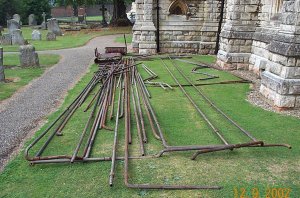
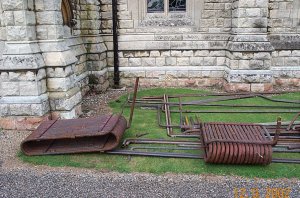
The fact that the pipework was laid out in a graveyard was particularly poignant and quite appropriate.That the authorities who knew of the historical importance of this Perkins system, allowed this to happen, is a matter of profound regret.
The Heritage Group only know of 7 working Perkins systems ( now reduced to six) so every installation is of great historical importance, and should be preserved as an essential part of our engineering industrial heritage.
The speed and enthusiasm with which our industry destroys old heating systems with its pipework and equipment, which links us all to our place in history, should give all engineers in the industry every cause for concern and no cause for complacency.
Wise words from Cicero “Not to have knowledge of what happened before you were born is to be condemned to live as a child”.
COLD COMFORT
Refrigeration has been mentioned in literary circles, as by Mark Twain (Samuel Langhorne Clemens, 1835-1910) when he described his visit to an ice -making factory in New Orleans:
It was merely a spacious house, with some innocent steam machinery in one end of it and some big porcelain pipes running here and there. No, not porcelain- they merely seemed to be; they were iron, but the ammonia which was being breathed through them coated them to the thickness of your hand with solid milk-white ice. It ought to have melted; for one did not require winter clothing in that atmosphere; but it did not melt; the inside of the pipe was too cold.
page 2
MORE DISCOVERIES
ON CHURCH HEATING
The Heritage Group has had more exciting finds continuing with its project to seek out and discover Churches and other fine buildings from the Victorian and Edwardian period, which still retain examples of early heating and ventilating equipment or memorabilia. Shown below are four more of the items so far discovered.
Circular tubular radiator in Musgrave’s of Belfast slow combustion
a Bristol Church c 1890 Church Stove in a Somerset Church 1887
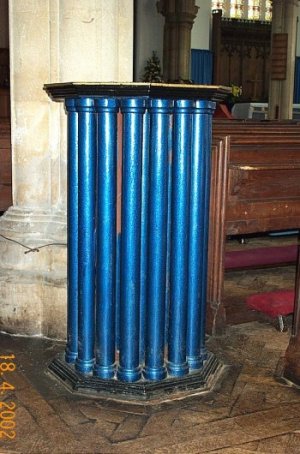
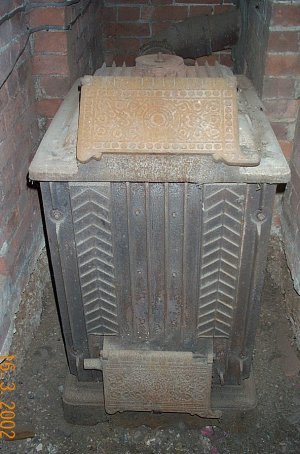
Double bank horizontal pipe coil Commemorative inscription on a
heater with square boxed ends cast iron pipe coil heater in a
in a Worcestershire Church Worcestershire Church 1887
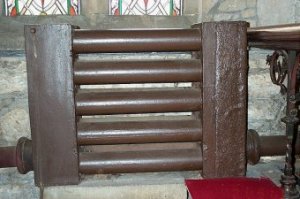
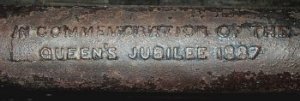
page 3
|
Whilst
motoring through north Somerset the Editor was astounded to see an
old G N Haden cast iron warm air stove front plate set into
the stone garden wall of a house. The house owners have used it
as a novel form of postal mail box. The quest now is to find out how
they came by this very rare item of engineering history.
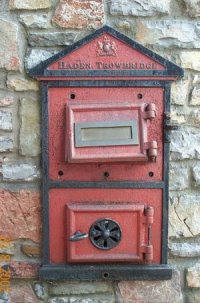 Three
CIBSE regions ie. East Midlands,
North West and South Wales have so far responded to the Heritage Group invitation to give a lecture next year to their Region outlining the latest activities of the Group. The HG was told about St Saviour’s a redundant church in Tetbury Glos. which still had in situ most of its original Victorian gas lighting equipment and distribution pipework. Visit the HG website for details. Two
Perkins
HPHW church heating systems still operating with their
original brickwork furnaces
have been discovered in Devon. Visit the HG website for details.
|
 Congratulations to Paul Yunnie, Vice Chairman of the CIBSE Heritage Group, who has been appointed Chairman of the ASHRAE Historic Committee for the year 2002-2003. Projects in Progress The Perkins family. Four generations of engineers, inventors and patentees 1766 - 1930 Manufacturing the Weather, a company History of Carrier Engineering Ltd, UK 1921 – 1970. The Heat Makers. A history of the original / earliest heating companies. The history of 19th Century Glasshouse Heating. Histories of the Belfast, Northern Ireland firms of Davidson and Musgrave. Church Heating systems from the Victorian & Edwardian periods. Lighting and Electrical Services in the Great Ocean Liners. Air Conditioning of Theatres and Cinemas pre-1939. |
page 4

